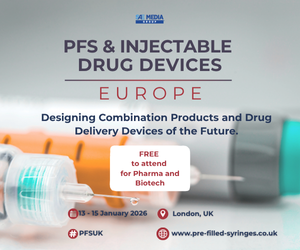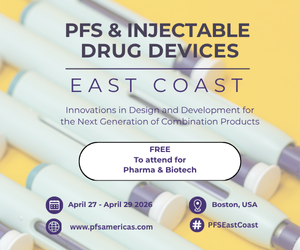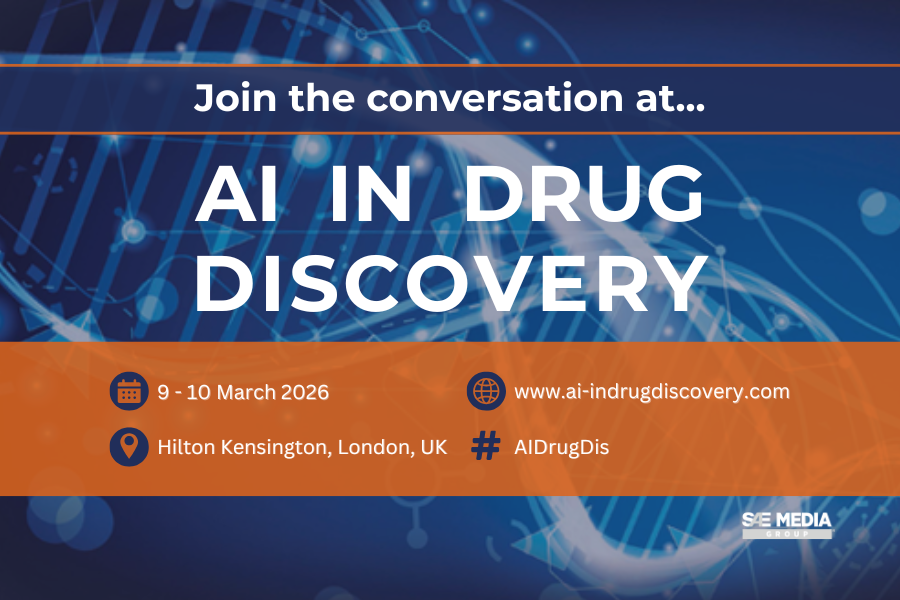It’s understandable that regulators’ extensive demands and internal budget pressures have rendered pharmacovigilance primarily a compliance and risk management activity. But strategies now need to be revised – so that the drive to better serve patients is reinstated as the primary mission, says Lucinda Smith, Chief Safety Product Officer at ArisGlobal.
Between 2020 and 2022, as the COVID-19 pandemic peaked, the role of drug safety attracted unprecedented mainstream attention. As new vaccines entered the market and a range of treatments were applied, entire generations gained new appreciation of side-effects at scale, and of the fundamental assumption that the products they take are “safe”.
The ability to quickly and efficiently capture accurate data, spot trends, draw robust conclusions about emerging safety issues, and act on them promptly was tangible and expected by the public. Yet the pharma industry largely missed this opportunity to more permanently reframe pharmacovigilance (PV) and its place in the drug development cycle.
From Caution to Controlled Extension of Opportunity
That the core remit of drug safety is to ensure optimal outcomes for patients has been overshadowed by the rising expectations of regulators over the last couple of decades. This has contributed to the function assuming “cost centre” status, and therefore a target for significant streamlining – the goal being to enable the absorption of increasing workloads (most notably around adverse event–AE–case processing) without adding costs.






















